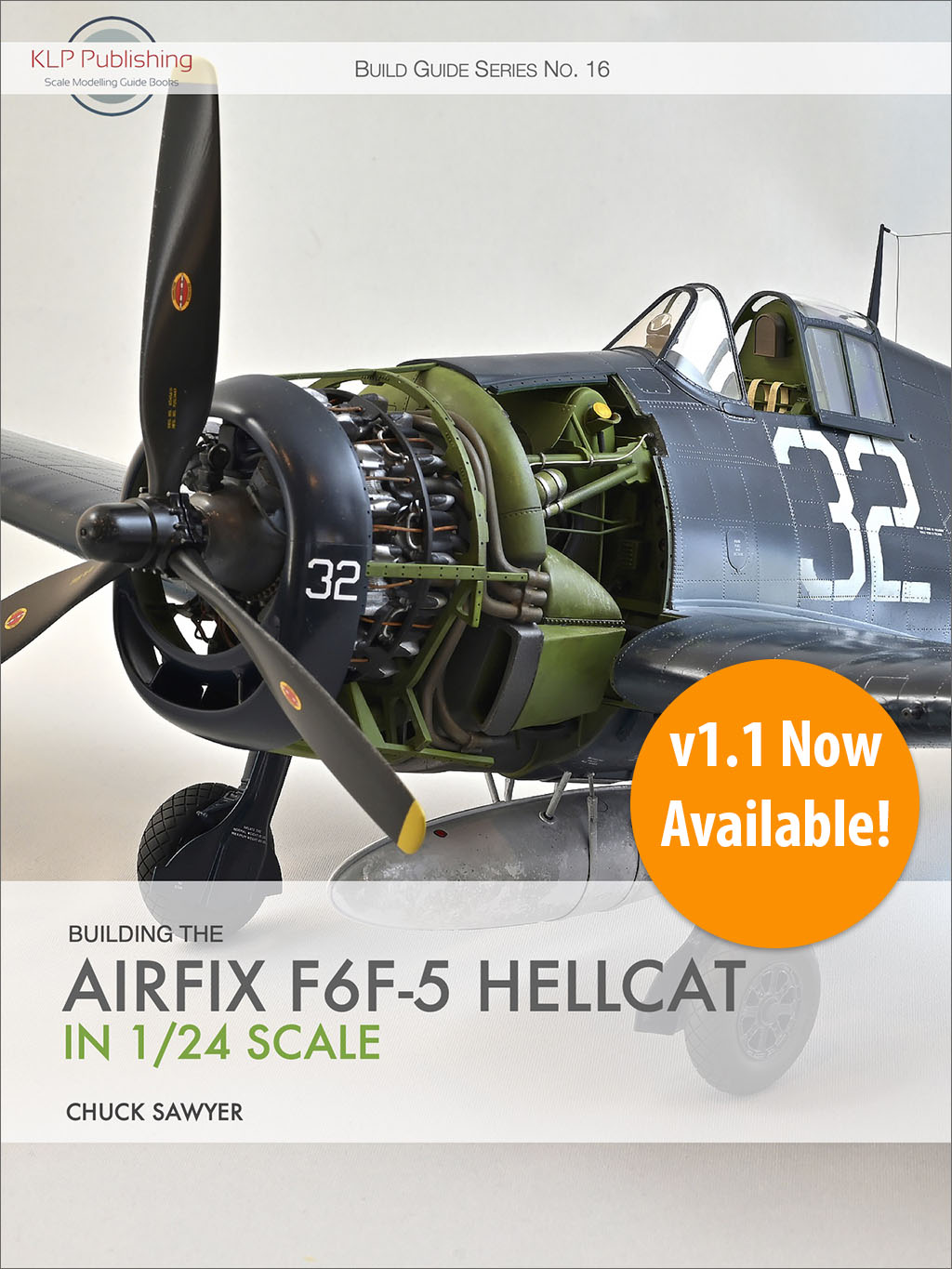
I’m pleased to announce that Building the Airfix F6F-5 Hellcat in 1/24 Scale has now been updated to v1.1! This update adds a new aftermarket item, and features a raft of typographical and layout tweaks.

Building the Airfix F6F-5 Hellcat in 1/24 Scale
In this 263-page eBook, Chuck Sawyer executes a meticulous build of the Airfix 1/24 F6F-5 Hellcat, providing plenty of construction and painting hints and tips along the way. Chuck combines the kit with a selection of aftermarket upgrade parts and other refinements to produce a stunning result that is both inspirational and educational.
And as with all our books, should more aftermarket products or reference titles be released, or we discover errors that need correcting, we will update the book accordingly. Anyone who purchased the pre-update version gets lifetime free access to all subsequent updated versions! All new purchasers will of course receive the updated version automatically.
Note: all our prices are in Australian dollars.
v1.5 Now Available!
In this 262-page eBook, Chuck Sawyer executes a meticulous build of the Airfix 1/24 F6F-5 Hellcat, providing plenty of construction and painting hints and tips along the way. Chuck combines the kit with a selection of aftermarket upgrade parts and other refinements to produce a stunning result that is both inspirational and educational.






Existing purchasers are able to access the updated version for free. Simply log in to your account (or use your original download link) and re-download the book from the Downloads section of your profile. If you don’t have an account or the original download link, please contact me and we’ll sort it out. And of course, new purchasers will always receive the latest version.
If you need to confirm the version number of your newly downloaded update, just check the bottom of the Copyright page (iii), shown in the example below (from our Ta 152 book):
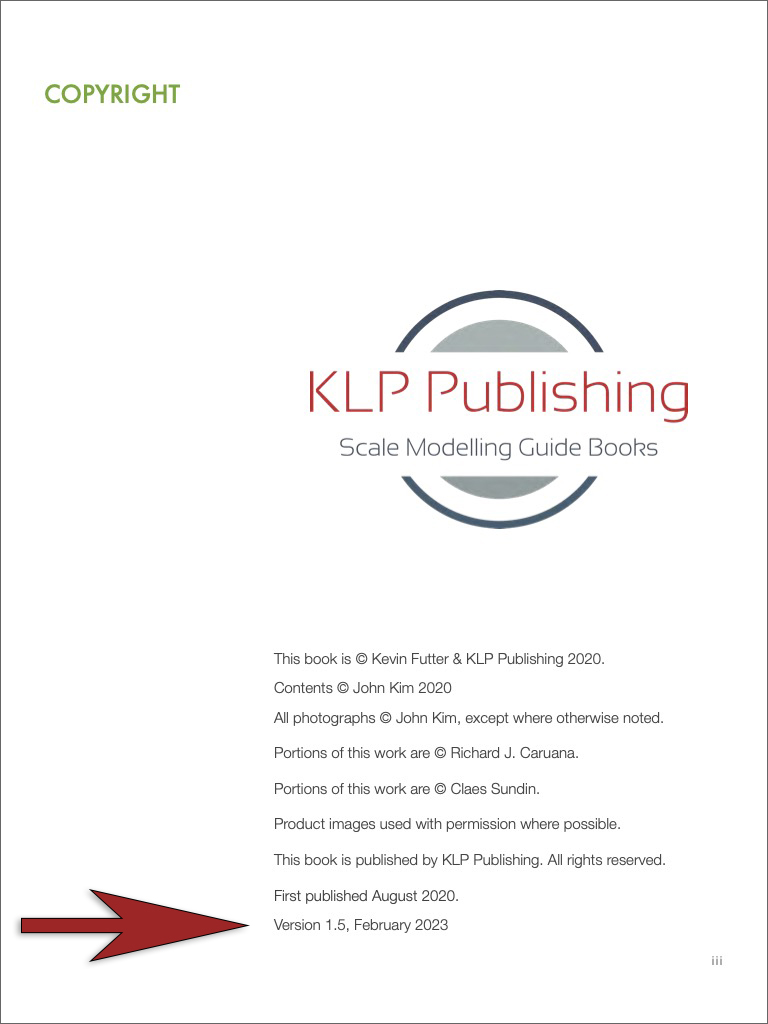
This is valid for all of our titles, should you ever need to verify which version of any particular book you might have.
Stay tuned for more news and updates soon!

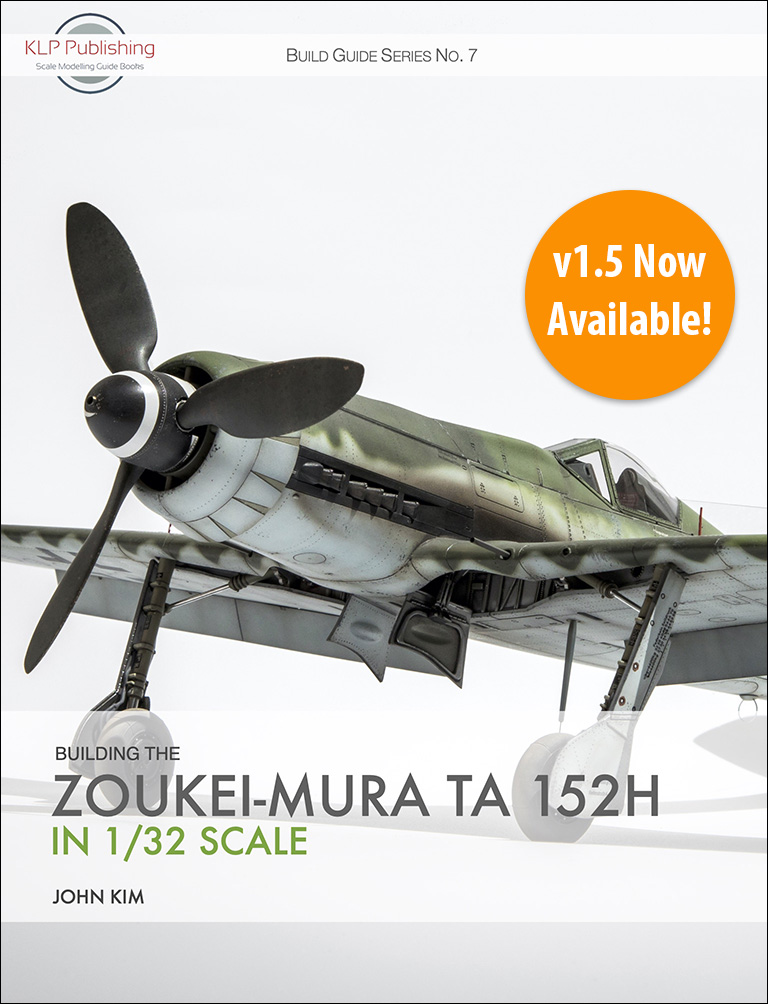
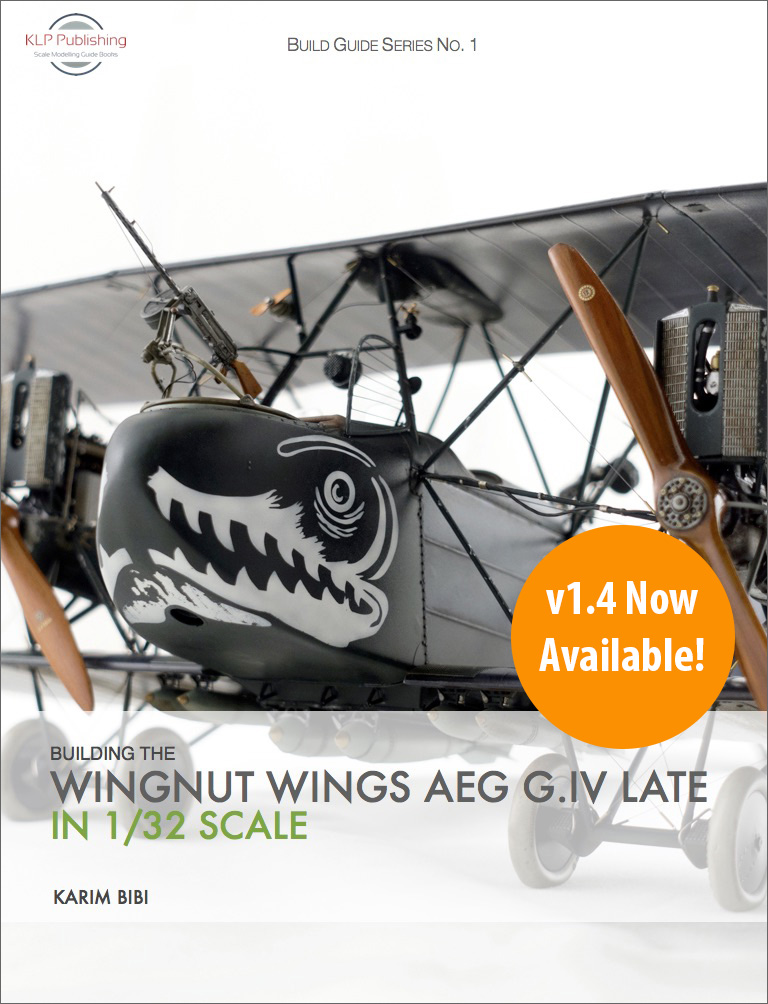
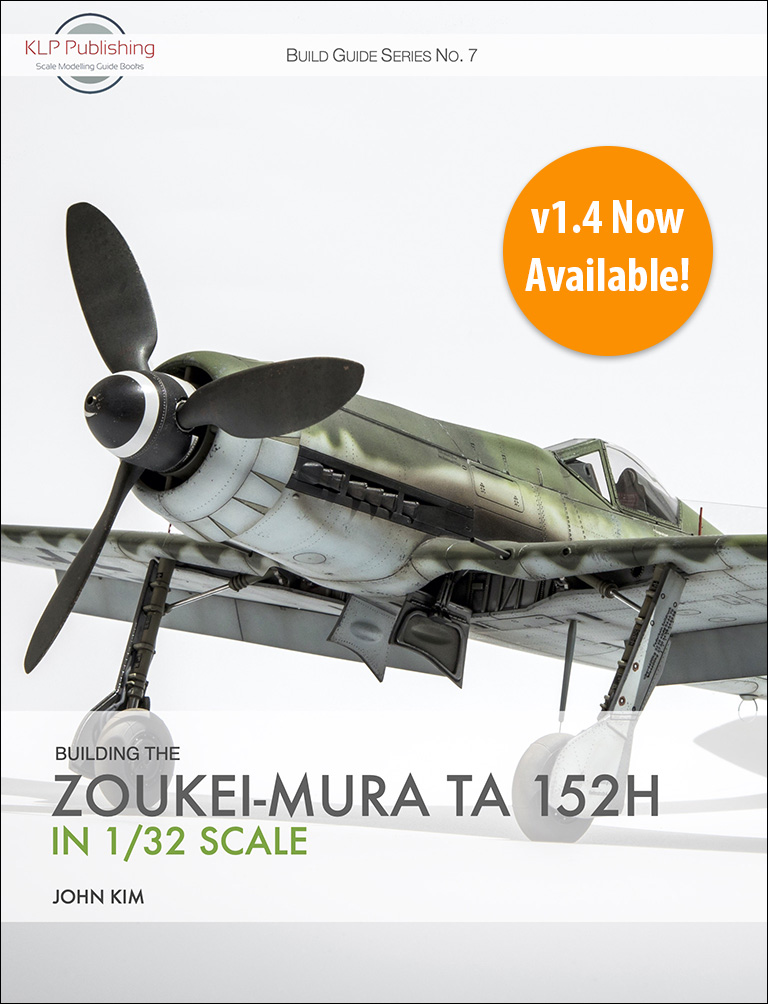






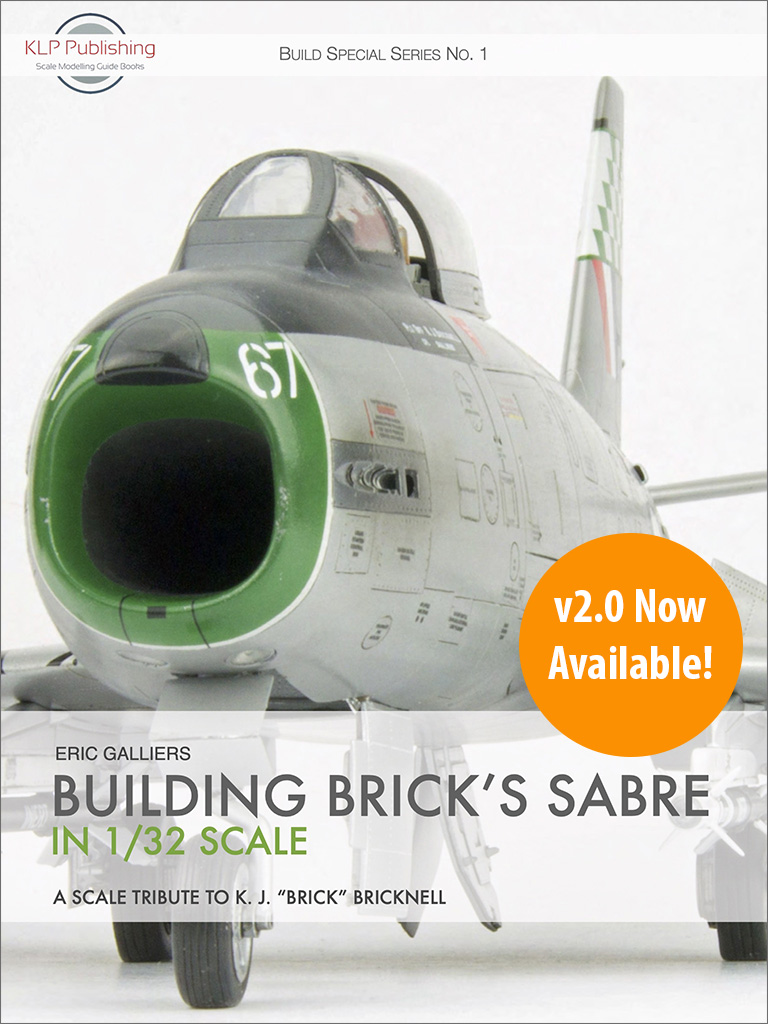








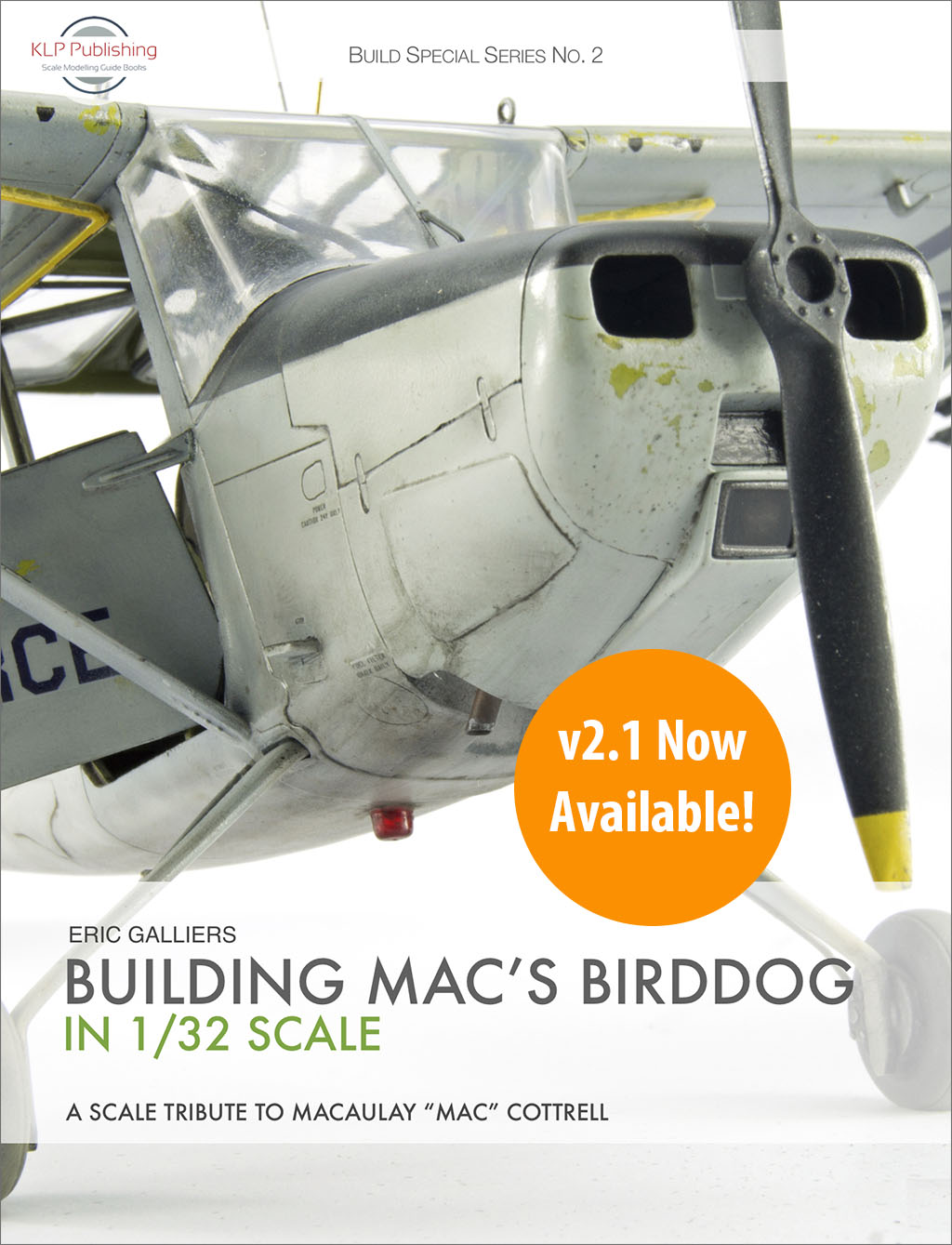

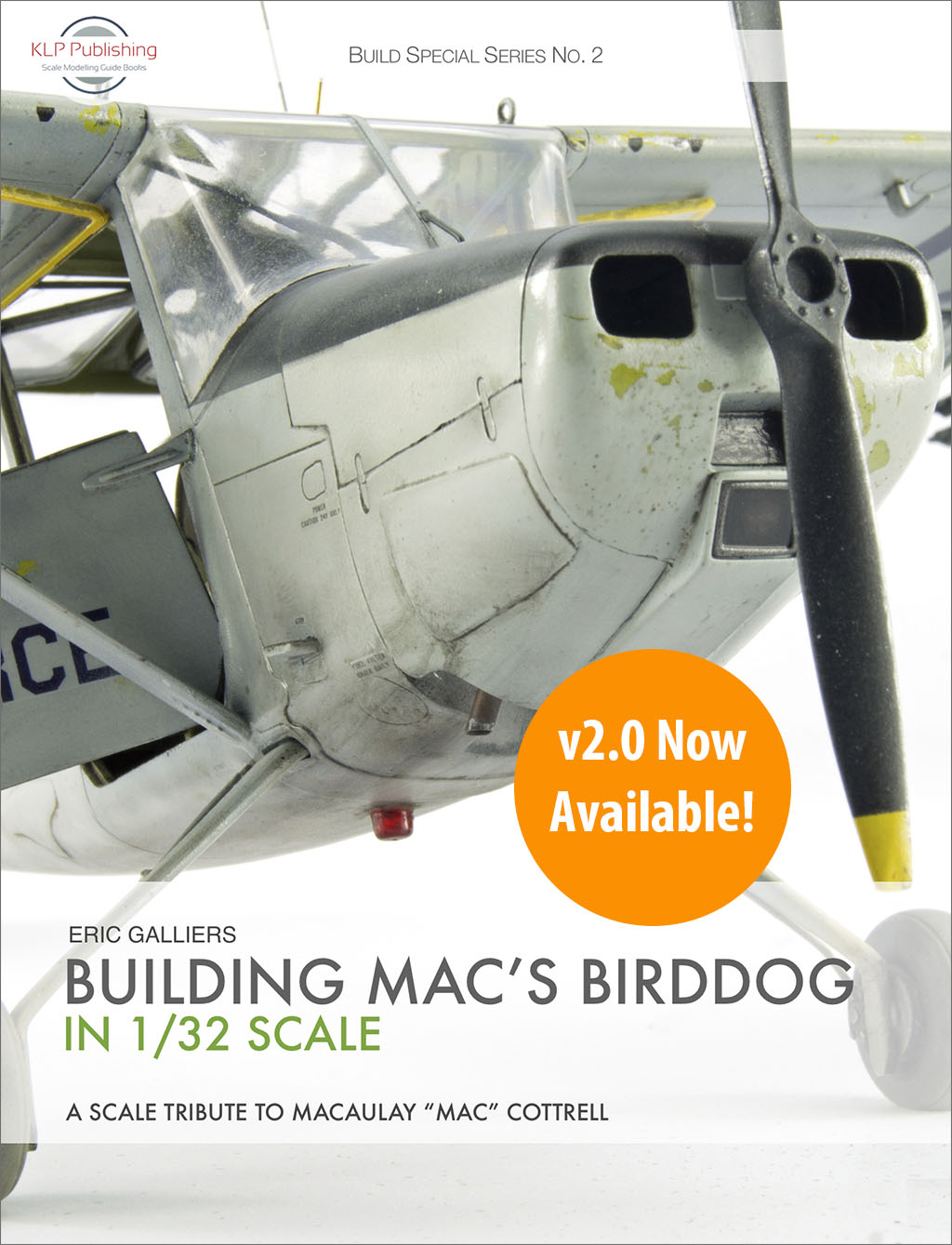







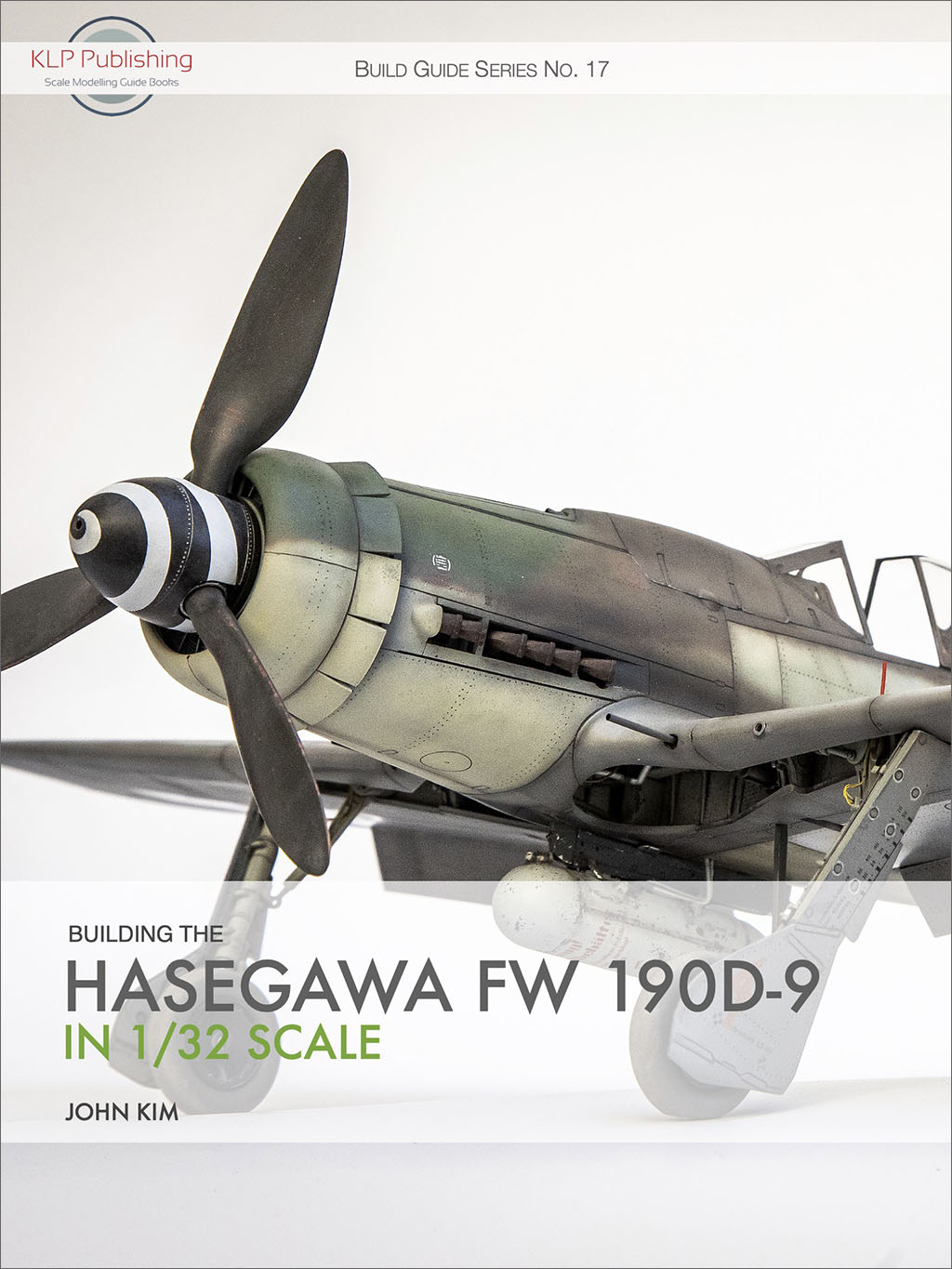








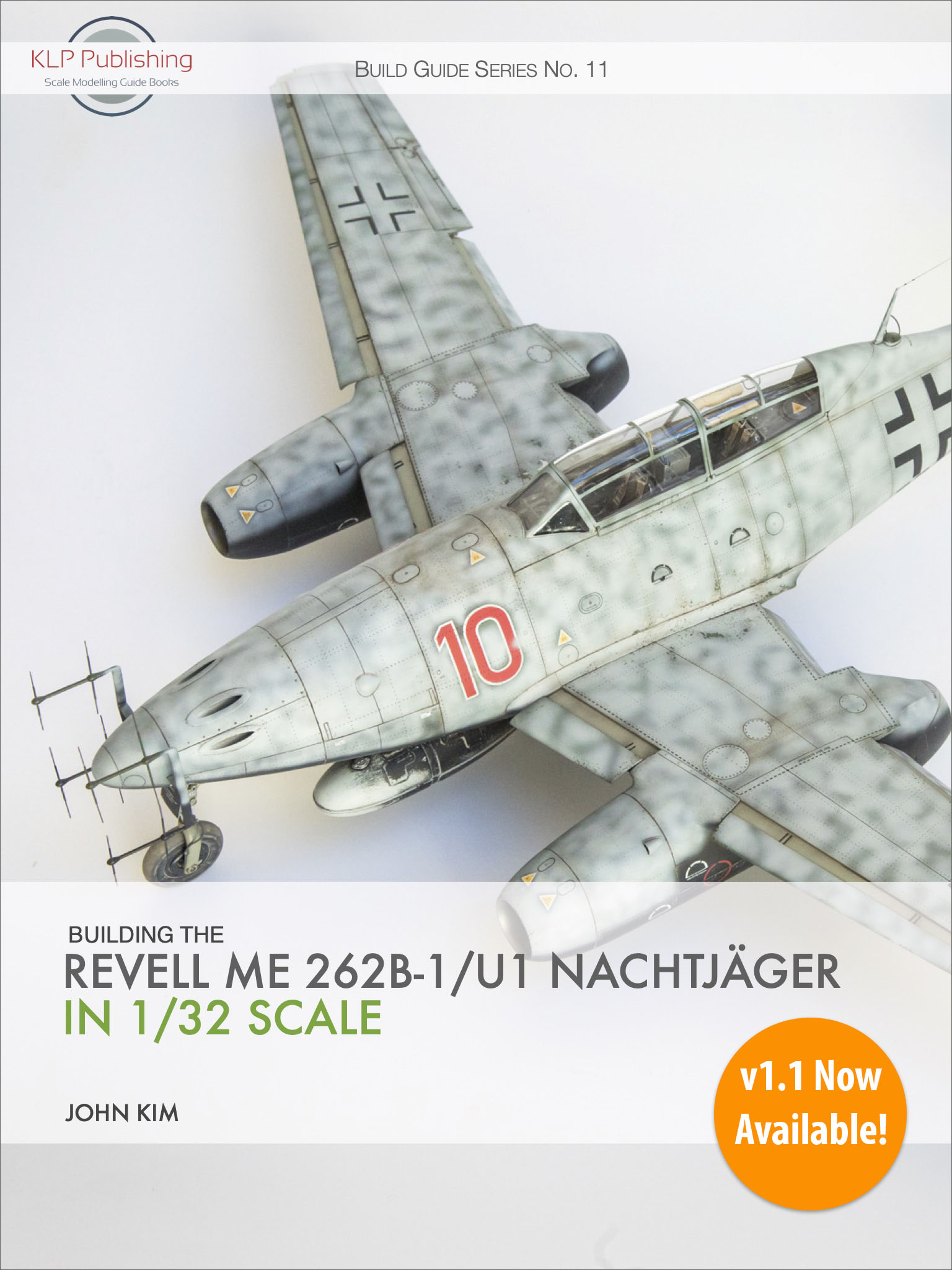

You must be logged in to post a comment.